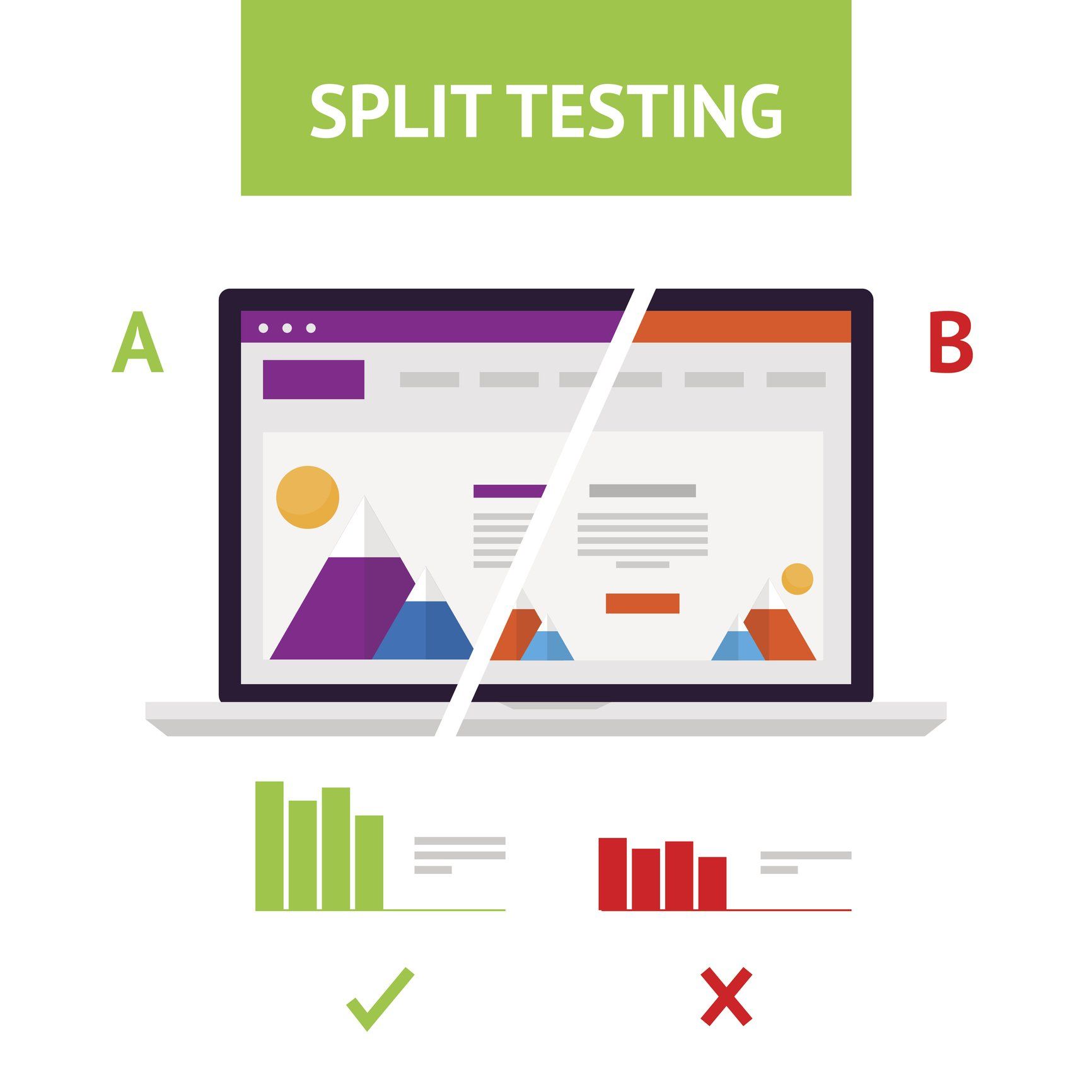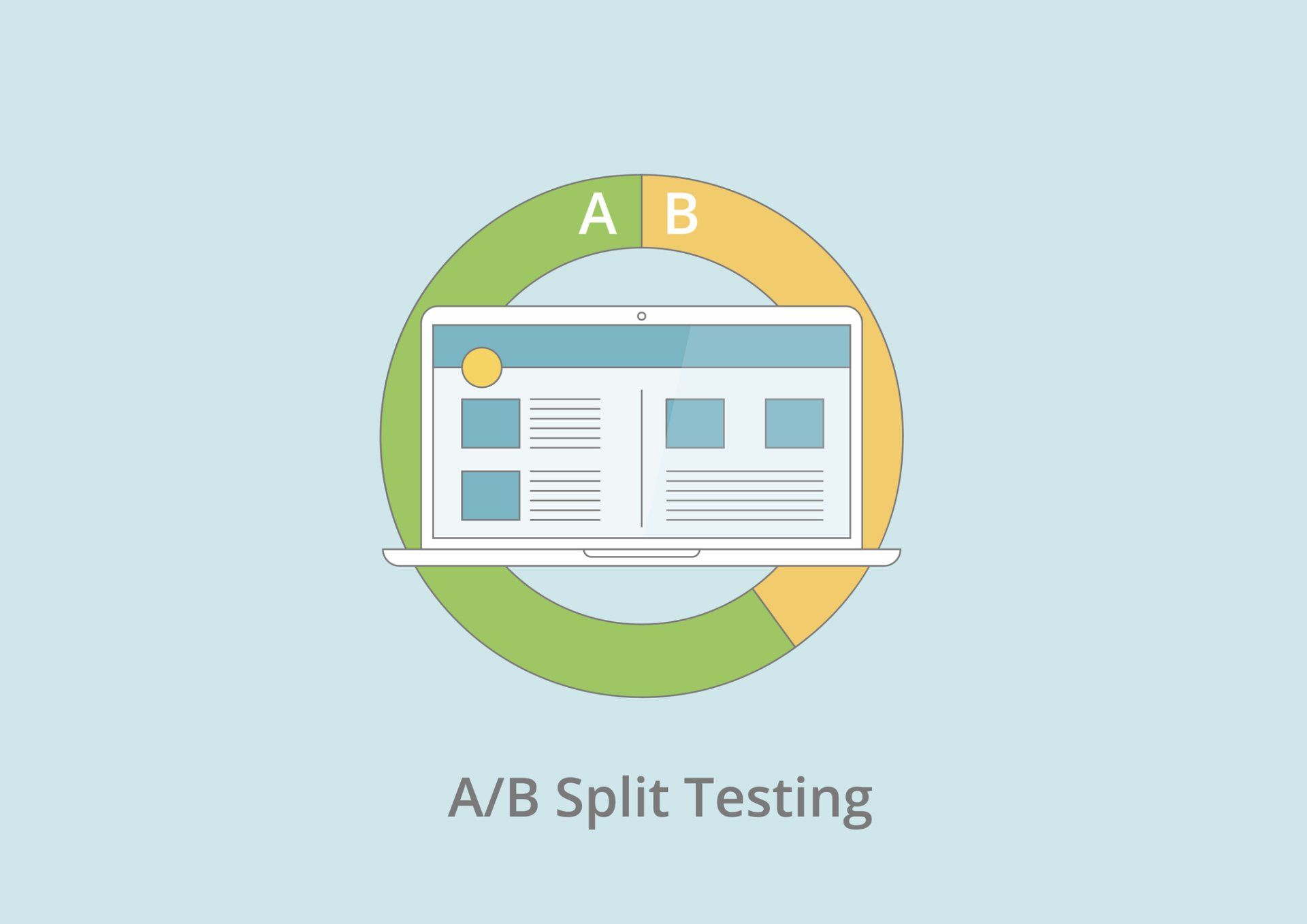FAQ: What is A/B Testing and How do I Use it in Digital Marketing?
Running an A/B test in 8 easy steps
Have you ever wondered whether your digital marketing efforts were falling short? Is there something you could be doing differently to get better results? Even if you find something you want to change in your digital marketing campaign, how can you tell if it’s making a difference?
That’s where A/B testing comes in.
What is A/B Testing?
A/B testing, also known as split testing, is a marketing method where you test the performance of a webpage , email or ad against another version of the same webpage, email or ad.
Why do A/B Testing?
This kind of testing helps you adjust your page design, headlines, calls to action and more. By running two versions of your content, you can see which is most effective and restructure your digital marketing efforts accordingly. Sitefinity recommends prioritizing your testing hypotheses on the different elements on which you want to run split testing.
“Usually, teams have several different ideas on how to improve their conversion rates,” the company says. “This can lead to trouble as they either can’t agree on one test or they run several tests at the same time without enough traffic.” Sitefinity recommends you list all theories and then rank them by order of importance by ranking categories such as impact of change, value and difficulty to execute.
This will come in handy when you finally get to running your A/B test.
How to Run an A/B Test
1. Identify the area you want to test. Whether it’s the design of a landing page, the subject line of an e-blast or the language in your paid ads, choose the part of your campaign you want to test.
2. Do your research. Figure out how others are seeing success in their digital marketing strategies to determine what you can do differently. This is where you can implement your hypothesis on what will work best.
3. Create the new version you’ll be testing. Come up with an alternative design or headline that will be your tested variation.
4. Devise a strategy to figure out how long you will run tests for and how much data you will need to collect.
5. Run your tests. Set up your website platform, email campaign or ads with both your A and B options. If done properly, variations of your content should show up to different people at random, giving you well-rounded results.
6. Monitor your results. Keep an eye on how the two variations are getting clicks and take note of what you plan on changing after completing your tests.
7. Analyze the outcome. Once your A/B testing is complete, look at how different the results are. Did one see far greater clicks than the other? Look for any other significant data that could affect the changes you make to your campaign.
8. Put those results to work. After you finish testing and analyzing your results, it should be clear as to which strategy got the most clicks. Now, it’s time to make changes to any elements that underperformed.
Your Test Results Are…
If your old strategy—your A test—proved to still be the best strategy, keep it as is, or consider running more tests. Otherwise, update your content to reflect the more successful B test. Any time you doubt the effectiveness of any part of your digital marketing strategy, consider doing a split test. This will help you identify areas in need of updating.
The best part about A/B testing is that it can only help your digital marketing strategy. It’s easier than making permanent changes to your website design or ads, only to realize your hypothesis around what should be changed was wrong.
We recommend running split tests like this every so often, depending on how your campaigns are performing. However, since the purpose of these tests is to improve the effectiveness of your content, you really can’t run too many.
Get the Latest Content in Your Inbox
Want to be the first to know about new content? Sign up to get our weekly blog posts sent to your email!









